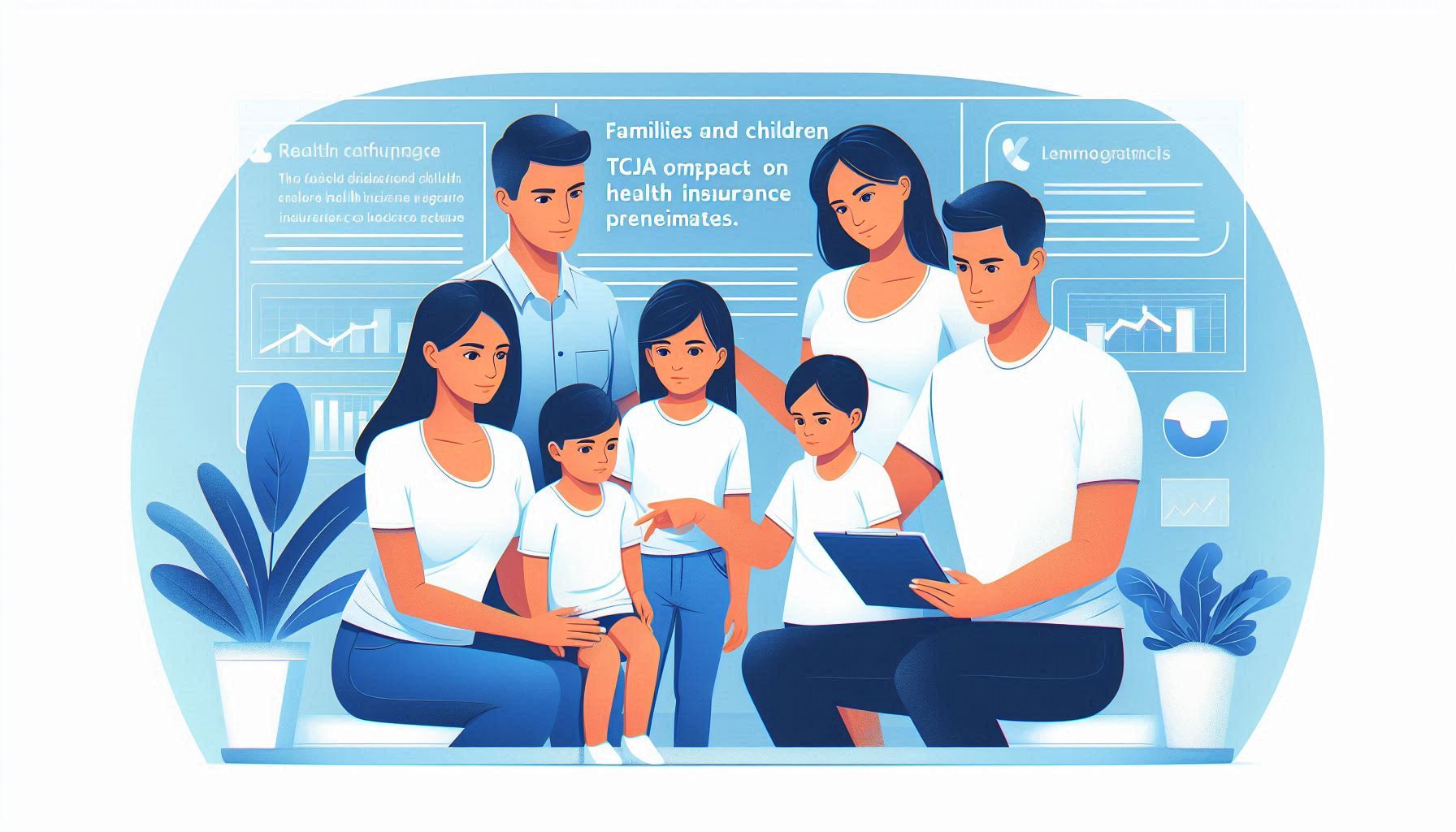TCJA’s changes to health insurance
How the Tax Cuts and Jobs Act Affects Health Insurance and Employer-Provided Coverage
The Tax Cuts and Jobs Act (TCJA), signed into law by President Trump in December 2017, has far-reaching impacts on the healthcare industry and the ways in which employers provide health insurance coverage to their employees. In this comprehensive guide, we’ll delve into the key changes the TCJA brings to the landscape of health insurance and employer-provided coverage, exploring the implications for individuals, families, and businesses alike.
As the healthcare debate continues to evolve, it’s essential for both individuals and employers to understand the TCJA’s effects on the health insurance industry and the role of employer-provided coverage within it. In this article, we’ll cover the major changes, discuss potential outcomes, and provide guidance on how individuals and employers can navigate the new landscape.
Individual and Family Health Insurance Changes
One of the most significant changes brought about by the TCJA is the increase in individual and family health insurance premiums. Due to the elimination of the individual mandate penalty under the Affordable Care Act (ACA), many young and healthy individuals opted out of buying health insurance, leading to a destabilization of the individual market. As a result, premiums for many plans increased, making healthcare more expensive for those who do need insurance.
Furthermore, the TCJA reduced the non-group health insurance market reform, allowing states to implement innovative health insurance models. However, this also created uncertainty around the future of the individual market and may lead to a patchwork system of insurance coverage across states.
Families and Children: Impact of TCJA on Health Insurance Premiums
For families with children, the TCJA’s individual mandate repeal has resulted in significant changes to health insurance premiums. Many young families, who were previously responsible for paying the individual mandate penalty, opted out of buying health insurance, leaving their children without coverage. As a result, families with children may find themselves facing higher premiums and less comprehensive coverage.
Additionally, the increased premiums may lead to a reduced ability for families to afford health insurance, which could have long-term consequences for the healthcare system as a whole.
Rising Healthcare Costs: A Shift to Employer-Provided Coverage
The TCJA’s changes to individual health insurance premiums have led to a shift towards employer-provided coverage. Many employers have turned to group health insurance plans as a means of providing comprehensive coverage to their employees. This shift has resulted in:
-
- Increased demand for employer-provided health insurance
-
- A focus on plan design and cost containment strategies
-
- Rising costs for employers to maintain these plans
Employers may face challenges in navigating the complex health insurance landscape, including finding cost-effective plans that meet the needs of their diverse workforces.
Employer-Provided Health Insurance and Retirement Plan Changes
The TCJA introduced significant changes to employer-provided health insurance and retirement plans. These changes aimed to promote flexibility and cost savings, but also introduced new complexities and potential pitfalls.
Employer-sponsored health insurance
The TCJA repealed the Employer Mandate, which required businesses with 50 or more full-time employees to offer health insurance to at least 95% of their full-time workforce. This change has:
-
- Reduced administrative burdens on employers
-
- Allowed employers to better tailor their health insurance offerings to the needs of their workforce
-
- Created an opportunity for employers to focus on innovative plan designs and cost savings strategies
However, employers must now consider the potential consequences of repealing the Employer Mandate, such as:
-
- Reduced employer responsibility for providing health insurance
-
- Decreased incentive for employers to offer comprehensive health insurance coverage
Retirement Plans: Increased Flexibility and Complexity
The TCJA introduced several changes to retirement plans, including increased flexibility and complexity. These changes aim to promote retirement savings and provide more opportunities for employees to contribute to their retirement plans.
-
- Increased flexibility for employers in offering retirement plans
-
- Increased catch-up contributions for retirement plans
-
- Potential for increased retirement savings
However, these changes also introduced new complexities for employers, including:
-
- Changes to eligibility requirements for retirement plans
-
- Increased regulatory burden for employers
-
- Potential consequences for plan participants, such as reduced coverage and increased administrative costs
Impacts on Small Businesses and Self-Employed Individuals
Small businesses and self-employed individuals have been particularly affected by the TCJA’s changes to health insurance and employer-provided coverage. With the repeal of the individual mandate and changes to the employer mandate, small businesses may face:
-
- Increased uncertainty around healthcare costs and coverage
-
- Decreased flexibility in offering health insurance to employees
-
- Potential increased administrative burdens
For self-employed individuals, the TCJA has reduced the non-group health insurance market reform, making it more challenging to purchase affordable health insurance. This may lead to a patchwork system of insurance coverage and increased costs for those who need to purchase individual coverage.
Conclusion and Future of Health Insurance and Employer-Provided Coverage
The Tax Cuts and Jobs Act has brought significant changes to the health insurance industry and employer-provided coverage. While these changes aim to promote flexibility and cost savings, they also introduce new complexities and potential pitfalls.
As the healthcare debate continues to evolve, it’s crucial for individuals, families, and businesses to stay informed about the TCJA’s impacts on health insurance and employer-provided coverage. Employers must navigate the complex landscape to provide comprehensive coverage to their employees, while individuals and families must adapt to the changing healthcare landscape.
Final Thoughts:
The TCJA’s changes to health insurance and employer-provided coverage have far-reaching impacts on the healthcare industry and the ways in which employers provide health insurance coverage to their employees. As the healthcare landscape continues to evolve, it’s essential for individuals and employers to stay informed about the TCJA’s effects and adapt to the changing circumstances.
This comprehensive guide has explored the major changes brought about by the TCJA and the potential outcomes for individuals, families, and businesses alike. By understanding the TCJA’s effects on health insurance and employer-provided coverage, we can better navigate the complex landscape and work towards a more comprehensive and affordable healthcare system.










